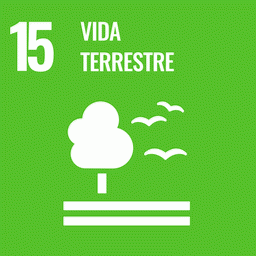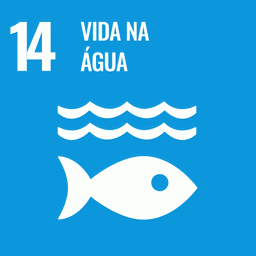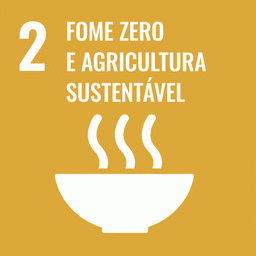The expansion of cattle in central western Brazil has been under scrutiny because of the region’s historic reliance on Amazon and Cerrado deforestation for cropland and pastureland expansion. In this study, we determined the volumetric water footprint (VWF) and the land footprint (LF) of cattle in Mato Grosso state for the years 2000, 2005, 2010 and 2014 using official statistics and remote sensing imagery. We found the average VWF of cattle for the time period to be 265–270 l kg−1 LW−1 (LW as live weight of cattle) and a LF which decreased from 71 to 47 m2 kg−1 LW−1. The largest contribution to VWF came from farm impoundments whose total area increased from roughly 46 000 to 51 000 ha between 2000 and 2014, leading to a total evaporation as high as 7.31 × 1011 l yr−1 in 2014. Analysis at the municipality level showed a tendency towards greater density of cattle with respect to both pasture area and impoundments. While cattle intensification on current pastureland is commonly viewed as a means to prevent further deforestation and greenhouse gas emissions, we stress the need to also consider the increasing demand for water associated with a growing cattle herd and the potential appropriation of additional resources for feed for feedlot finishing. Land and water resource management need to be considered together for future planning of cattle intensification at the Brazilian agricultural frontier as illustrated by the footprints reported here.
Restauração estratégica de áreas privadas da Amazônia brasileira
Neste trabalho, propõe-se um protocolo estratégico para auxiliar na tomada de decisões em relação à implementação do novo Código Florestal. O estudo foi desenvolvido na microrregião de Colíder, município de Mato Grosso.


